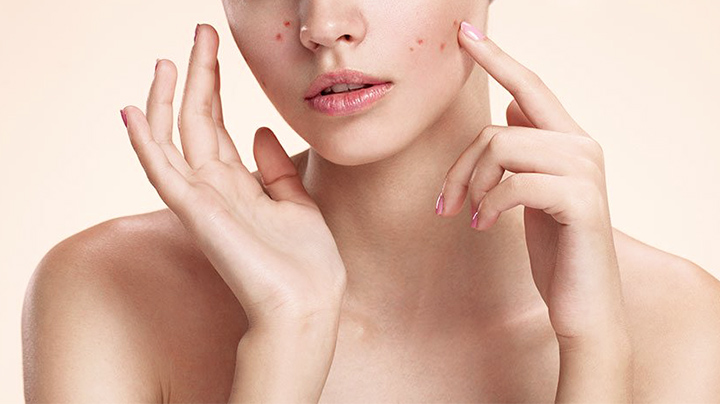Which Among These 8 Belo Peels Is For You?
August 12, 2024

Breakouts are never good—but what makes them insufferable is the marks they tend to leave behind. Acne scars can seriously get in the way of going makeup-free with confidence, and during a time when we all want to be bare-faced, this is not a problem we want to have. In researching your solutions, though, you’ve probably come across two terms: “acne scars” and “dark spots.” These terms, while used in similar contexts, are actually completely different! Here’s what you need to know about the difference between acne scars and dark spots.
Dark or black pimple marks are often caused by post-inflammatory hyperpigmentation, where healing skin produces excess melanin. While acne is a common trigger, other causes include sun exposure, hormonal changes, and stress. These marks are flat and affect skin color, not texture.
Unlike dark spots, acne scars can run deep. They tend to alter your skin texture, because the things that caused them have damaged your skin on a more critical level.
There are different types of acne scars. The good news is, you can usually tell what type you have just by looking at them.
Boxcar scars are depressed scars (meaning they sink deeper than the normal level of your skin) that usually form a boxy or rectangular shape, hence the name. They occur as a result of collagen loss or collagen underproduction, which explains why it seems like patches of skin have “gone missing.”
At first, boxcar scars can look similar to ice pick scars. But ice pick scars, like the name, look like the skin has been damaged by an ice pick. They tend to be small but deep, like the holes left behind by a pin on a bulletin board. These result when a pimple is further infected by things like dirt and debris, resulting in the destruction of tissue.
Rolling scars, on the other hand, don’t have the same defined edges as boxcar or ice pick scars. They tend to look like cellulite or orange peel. They occur when the epidermis (top layer of the skin) has been damaged.
Finally, hypertrophic scars or keloids are raised (meaning they are higher than the normal level of your skin). They occur when your body doesn’t realize the wound has already healed, so it continues to produce collagen. The overproduction of collagen results in the “extra skin.”
Luckily, acne scars and dark spots are treatable for the most part. Whether it’s laser resurfacing to bring back your skin texture, or serums and brightening treatments to fade dark spots, Belo has solutions for you. But you need to act fast—it’s always easier to treat acne scars and dark spots that have only recently appeared. The first step is, as always, a consultation!
To book an in-person appointment, call 8819-BELO or email info@belomed.com.
Want to chat before diving in? Click here to book an online consultation with a Belo MD. If you want to speak to the Beauty Expert herself, click here to book an online consultation with Dr. Vicki Belo.
Most Popular
The Belo Glow Holiday Guide: Your Quick, Chic, and Camera-Ready Glow Plan